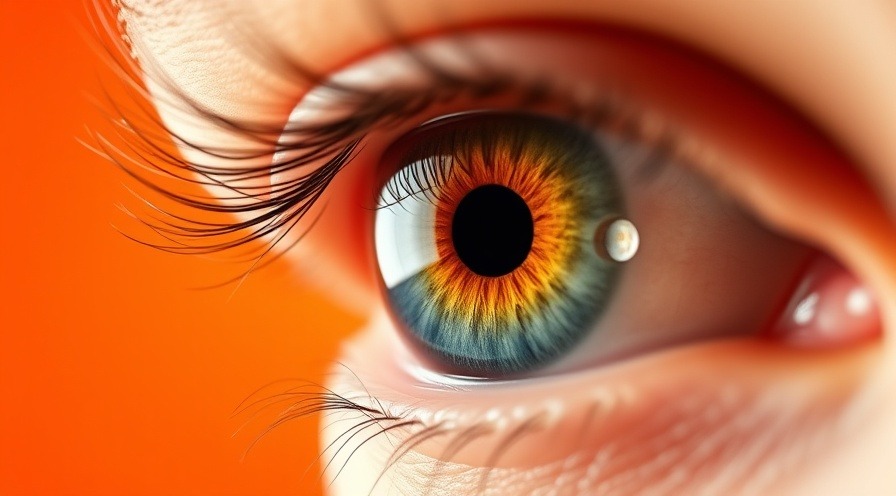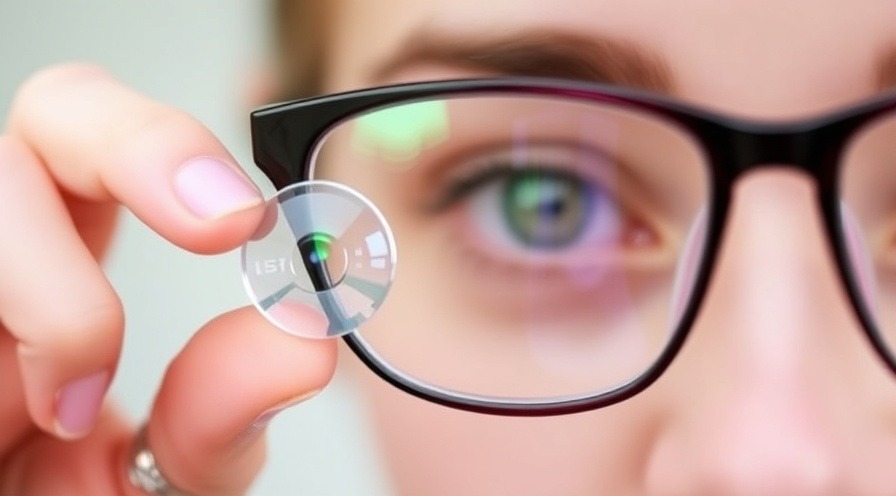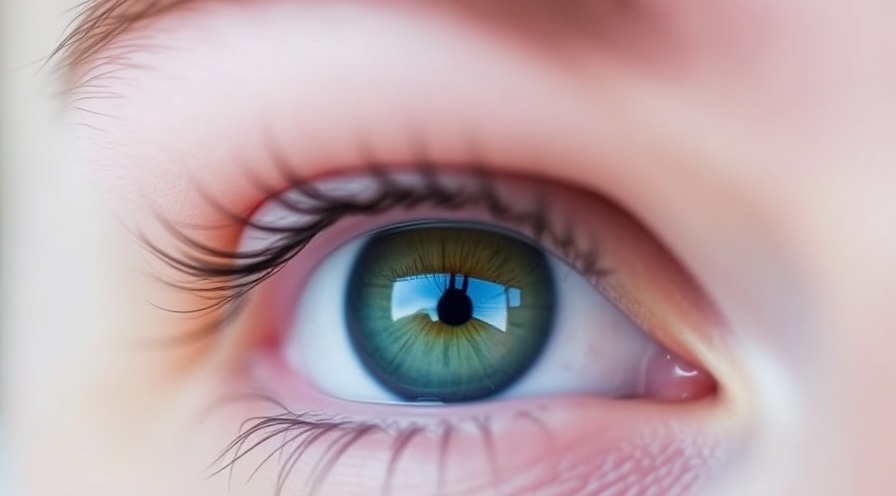
Understanding Astigmatism: The Basics
Astigmatism is a common vision condition affecting how light focuses in the eye. It may sound complicated, but it simply means light isn’t focusing on a single point at the back of the eye, typically due to a distorted cornea. Imagine trying to see through a warped window; that’s how astigmatism feels for your eyes. When we break the term down, ‘a’ means without, and ‘stigmatism’ relates to point, so it translates to ‘without a point’—indicating an inability to focus light correctly.
In 'Irregular Astigmatism Vs Regular Astigmatism?', the discussion dives into the complexities of astigmatism, prompting a deeper analysis on the implications for vision health.
The Distinction Between Regular and Irregular Astigmatism
Regular astigmatism is typically found in many people and can be corrected easily with glasses, contact lenses, or surgical procedures like LASIK. The curved shapes in the eye are usually aligned at a 90-degree angle, making them easier to treat. Irregular astigmatism, however, poses more challenges. This condition arises from multiple curves in the cornea and can lead to more significant visual distortions, making it harder for individuals to see clearly. Symptoms might include ghosting or a blurred vision image, often more pronounced at night.
Why Irregular Astigmatism Can Slip Under the Radar
During a routine eye examination, many cases of irregular astigmatism can go unnoticed. Often, individuals might not report any significant issues, as they could still be seeing relatively well with glasses. A comprehensive exam may not reveal severe irregularities, particularly when the cornea appears smooth and clear. Furthermore, certain conditions such as keratoconus, where the cornea thins and bulges, can complicate diagnosis. Patients experiencing gradual changes in their vision should discuss their symptoms with an eye doctor, especially if their prescription fails to improve their clarity.
Scleral Lenses: A Solution for Irregular Astigmatism
For those grappling with irregular astigmatism, solutions exist. Traditional lenses may not effectively correct this condition, but specialized contact lenses can help. Scleral lenses, a popular choice, vault over the cornea, creating a smooth surface for light to focus effectively. This type of lens not only enhances vision quality but also provides comfort for individuals with irregular corneas. Thanks to modern innovations, many people can now achieve improved vision where options were limited before.
What to Do If You Suspect Irregular Astigmatism
If you notice persistent ghosting or blurred vision, it’s time to consult with an eye care professional. You might inquire about corneal topography, a test that maps the surface of your cornea and could highlight irregular shapes that standard tests may miss. Even if you’re currently managing well with glasses, being proactive about your eye health is essential.
Understanding irregular astigmatism and its implications can deeply affect one’s quality of life. With advancements in eye care, there's hope for better solutions and clearer vision. Prioritize your eye health and don’t hesitate to ask your optometrist for detailed information about your specific situation.
Disclaimer: This article is for informational purposes only and should not replace professional medical advice. Always consult with your eye care professional or healthcare provider before making significant dietary changes or if you have concerns about your vision or eye health.
 Add Row
Add Row  Add
Add 




Write A Comment